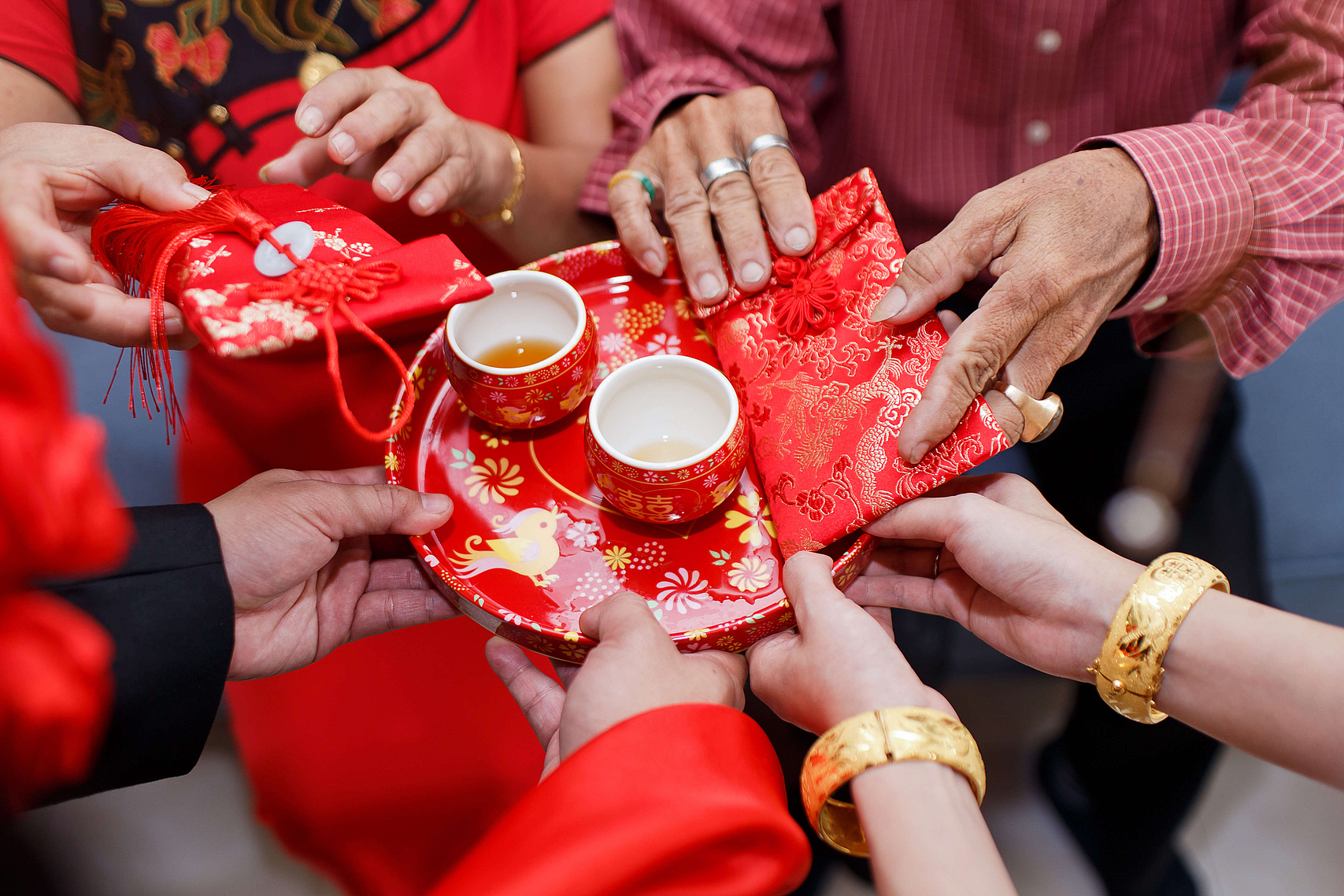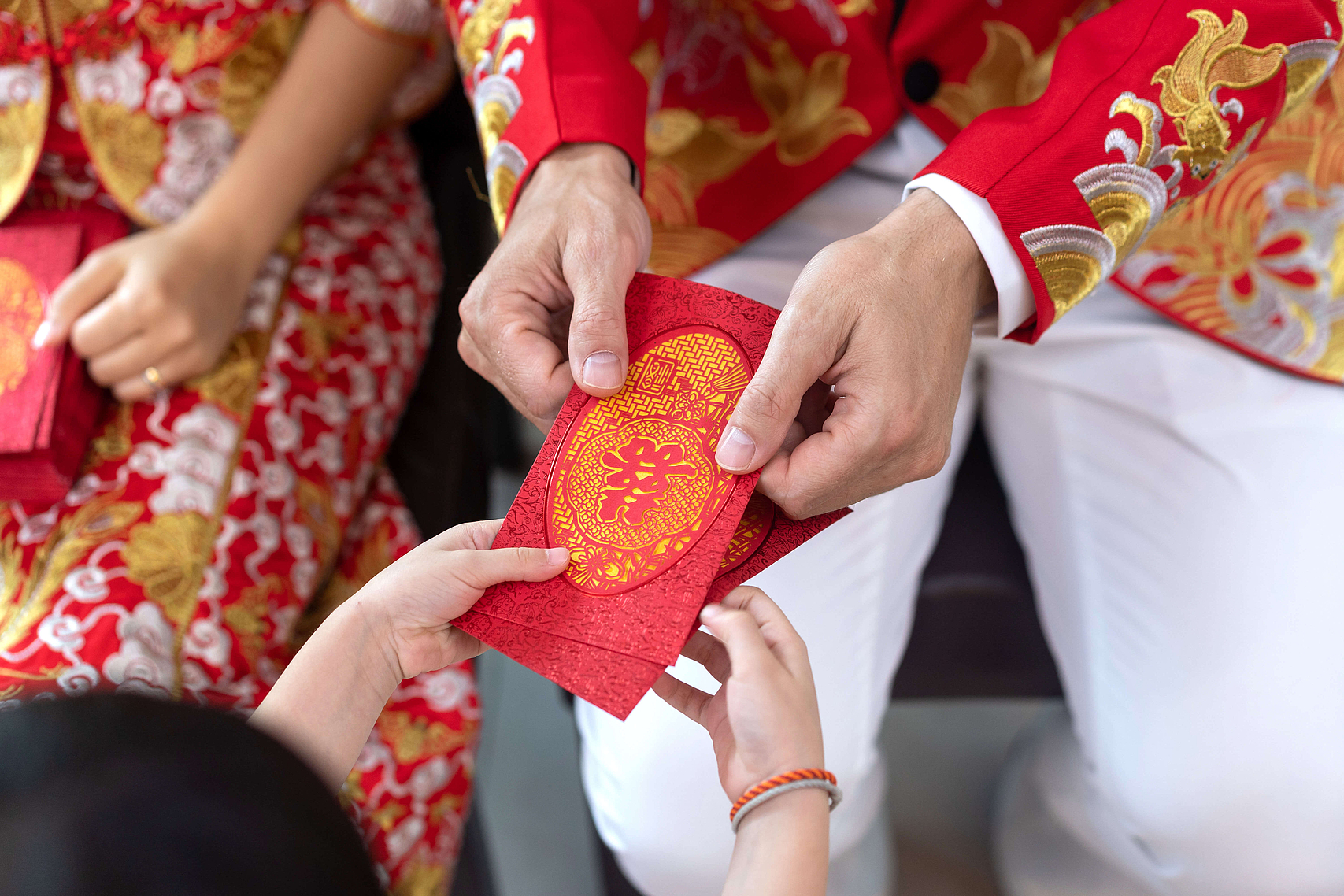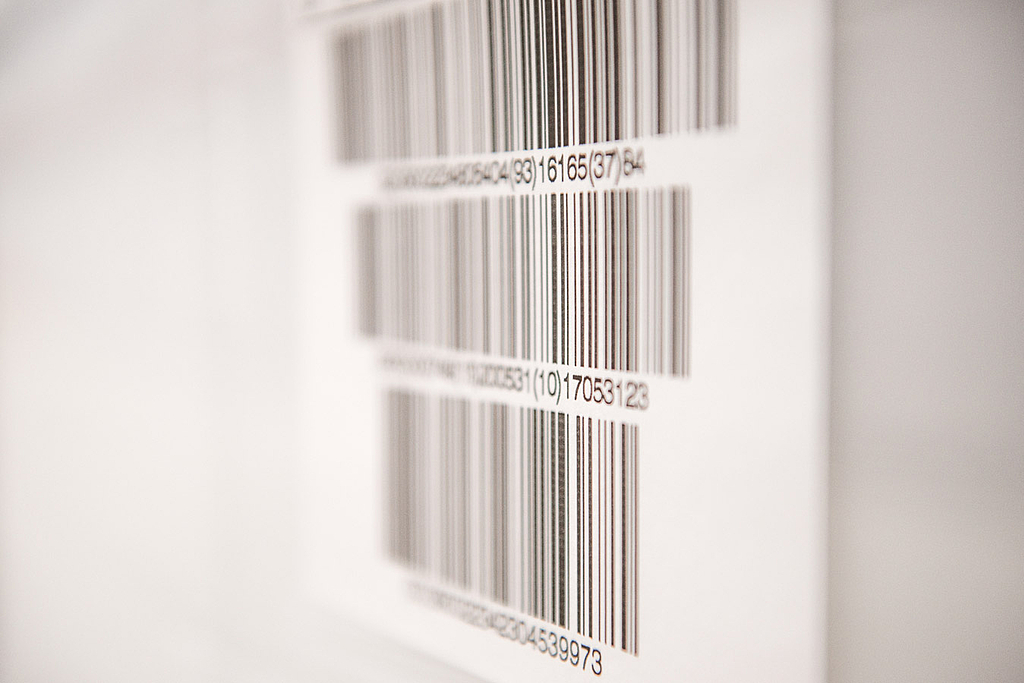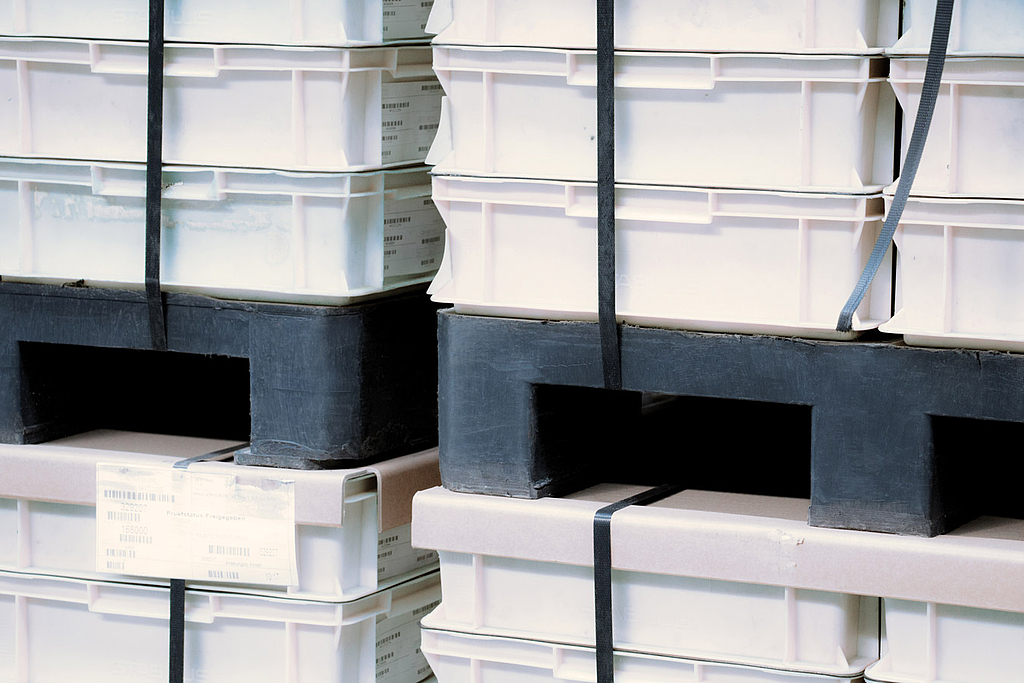Hóngbāo: Of demons and red envelopes
- Insights
In China, as well as in many other East and Southeast Asian societies, a red envelope is a popular gift. It is filled with money and presented during the Chinese New Year and on special occasions such as weddings, school graduations or the birth of a child. In China, the tradition is known as Hóngbāo and this old and popular custom has since found its way into the digital age.




We offer specialized logistics solutions and warehousing facilities for the requirements of a range of industries.
Uniform standards in all of our logistics centers around the world ensure high quality and reliability. Benefit from our comprehensive network of warehouses in Europe, Asia and the USA.
Find out more
Our rail service is 50% faster than sea cargo and 60% less expensive than air cargo, giving you the best of both worlds.
Rail transport is a fast, cost-effective and environment-friendly alternative to air and sea freight. Our specialized teams will create the optimal rail transport concept for any commodity.
Find out more




